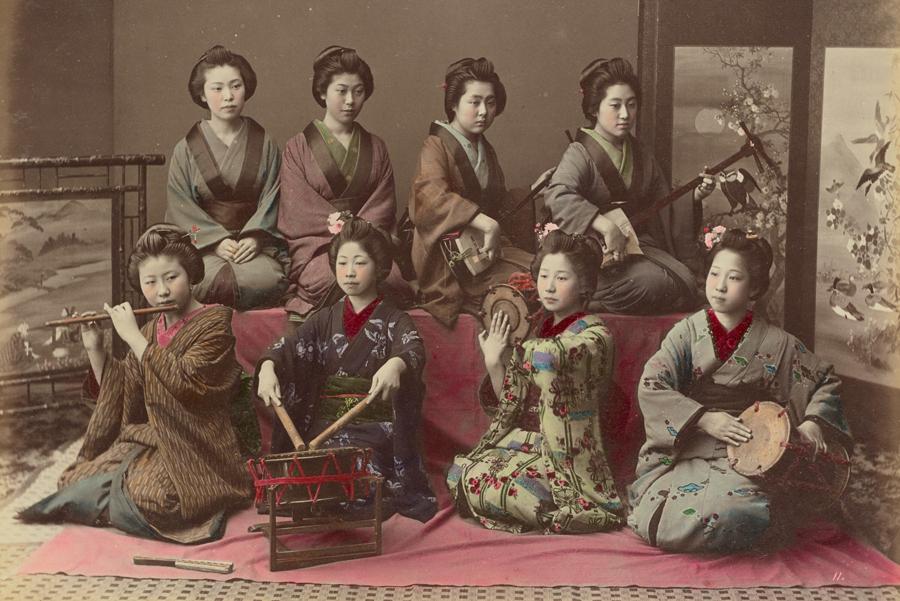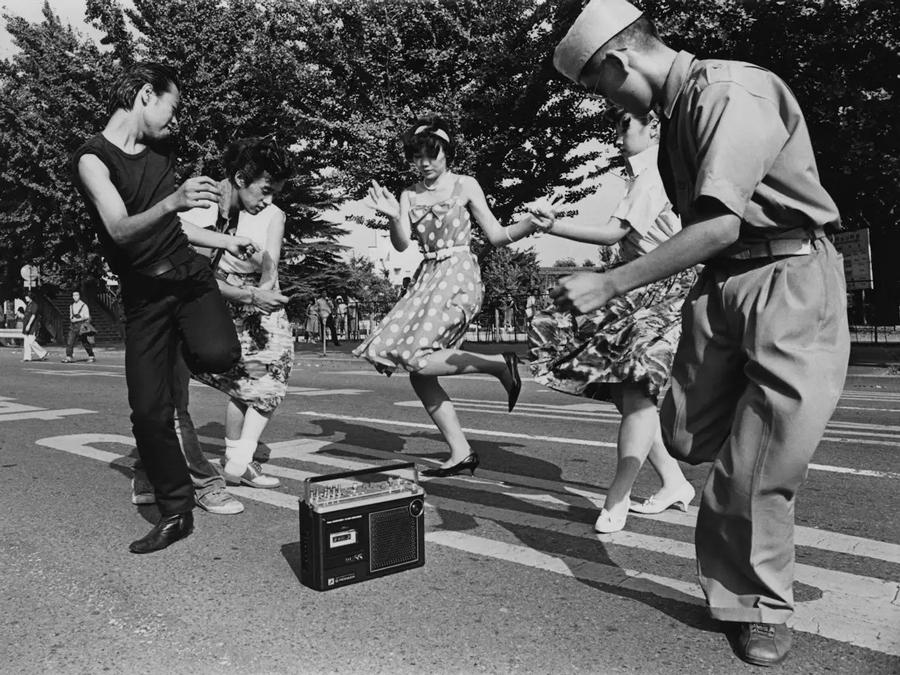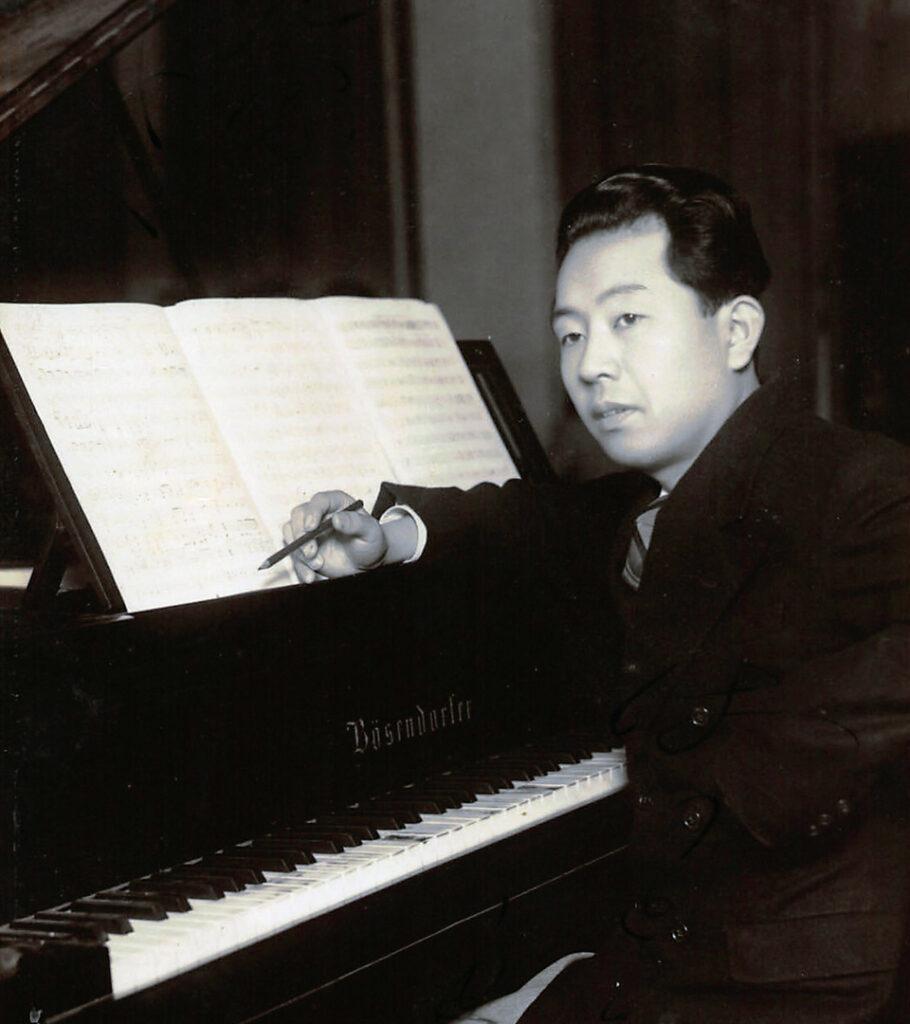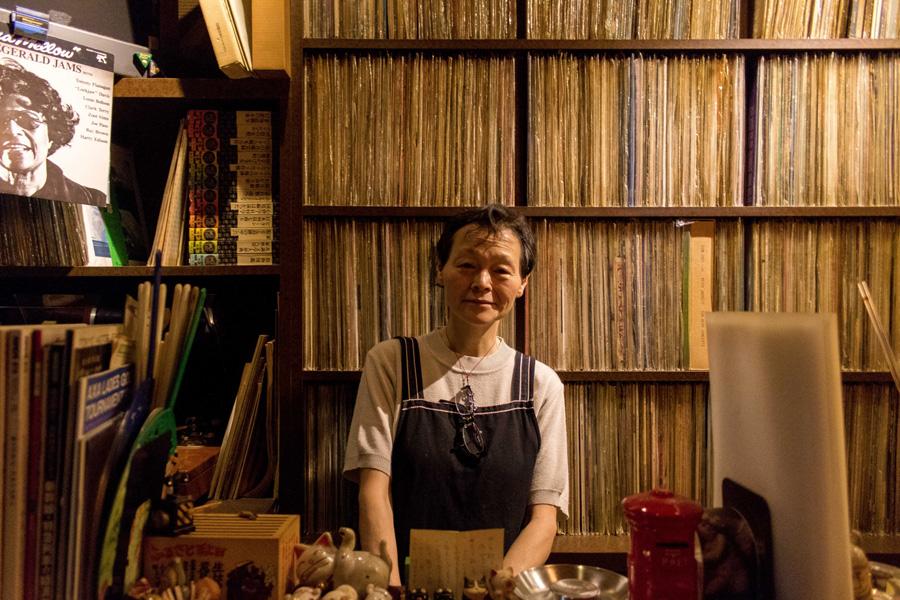Different music genres took up Japan’s soundscape during World War II. There were songs with the tunes of pop, folk, jazz, Western classical, and especially traditional Japanese music. When Japan entered its early post-war years, the state of their music began to flourish and evolve during the 1960s. Popular music emerged as a way of Japanese people to look beyond their past and represent the cheerful, unfettered atmosphere that pervaded Japanese culture following the war. This season is where you can find Enka, a music genre that takes after its predecessors of Japanese traditional music. Get to know how this music style came to be and find out what makes its listeners enjoy a lot of its hits so much.
How Enka Emerged From Kayōkyoku

Traditional music in the pre-Meiji period of the 19th century had a lasting influence in Japan. Compositions made within this timeline were created more for concert pieces than accompanying songs for entertainment. After a long time, new variances in different tunes finally began when Western culture entered the country.
The budding fusion between Japanese traditional sounds and Western Jazz became the foundation of Japan’s first pop genre called kayōkyoku (“pop tune”) or ryūkōka (“popular song”). Kayōkyoku heavily borrowed from the trends that were popular in North and South America. This style was known to be the springboard for enka to rise as a new genre that reflected the return to a more conservative kind of music.
Enka was a popular music style that always rung a bell to the ears of contemporary Japanese people. Older individuals, who are often connected with rural areas and the working class, make up its main audience. Songs under enka are regularly featured on movies and television shows, while others are played in restaurants and stores for karaoke. Its presence spread across different media and places, making everyone in Japan familiar to the genre. More than being another style of popular music, enka aimed to capture the heart and soul of Japan and attempted to frame the memory of its traditional roots, tracing back to the pre-Meiji period. However, its take on modern music with electronic sound and rich pop-style arrangements demonstrate a ‘forgetting’ of former music styles and an ‘exploring’ of imitation and authenticity.
The Musical Features of Enka

New musical genres are expected to turn up more or less every decade to distinguish the younger generation from the older one. Most people may tend to stick to the style of music that they were accustomed to during their teenage years, however, the transition from kayōkyoku to enka changed significantly as both listeners and artists aged. Entering into the first post-war years, fans loved lively, positive songs and foreign hits. But they later on leaned more towards music that promoted Japanese culture during the 1970s. To understand what makes up enka as a genre, it is important to look closely at its similarities with the development of kayōkyoku in the early 20th century.
Kayōkyoku appeared towards the end of the 1940s with jazz elements in its tones, hinting at the combination of Japanese and Western styles played in schools. Meanwhile, enka was a term that came from parents to distinguish the generational line that divided the pop music that they liked and the other that young people enjoyed.
Both kayōkyoku and enka are known for their use of the pentatonic or five-tone scale. The scales chō-onkai (pentatonic major) and yonanuki tan’onkai (pentatonic minor) are two traditional modes closest to the musical system of the West, making them easy to harmonize with. For song lyrics, singers who perform enka enunciate the words in a spoken rhythm rather than following the music meter. Instead of rhyme or emphasized meter, the lyrics frequently use groups of five or seven syllables to evoke centuries-old literary patterns. Singers also usually give solo renditions, displaying their skills to distinguish melody that uses jigoe (chest voice) and uragoe (head voice or falsetto). In terms of tone, enka takes on more melancholic subjects like lamenting for lost loved ones, which is contrary to the optimistic tone that the early post-war years were advocating for.
A notable starting point of pop music in Japan was finding the balance between imitation and authenticity. It is widely known that a significant portion of Japan’s music in the 20th century was taken from foreign influences during the American Occupation. A popular example for this is the monomane (imitation) singer, who covers songs of American artists for performances.

Kasagi Shizuko was one of the monomane stars during the Occupation era. She is considered as the Queen of Boogie-Woogie, best known for her hit song ‘Tokyo Boogie-Woogie’.
Her songs became well-known for cheering up the Japanese populace amidst the devastation during the immediate post-war years. Shizuko greatly influenced Misora Hibari, a young singer who imitated her persona and performances onstage.

A person who played a significant part in her career was Hattori Ryōichi, a jazz composer who wrote many of her post-war hits. Ryōichi worked to combine Western classical music and jazz to produce a twist of Asian jazz. Chinese elements were also found in his compositions, as seen in the songs that he wrote for Ri Kōran.

Koga Masao also followed suit in creating Japanese pop music that used aspects of jazz and Asian sounds. His colonial Korean background inspired him to write several military songs during the Pacific War. Like Ryōichi, Masao’s work was also frequently influenced by Chinese and Korean elements.
Kayōkyoku on Film

The position of pop music in different cultures in Japan can be seen in movie musicals from the 1940s to 1950s. Kayōkyoku was used in films, featuring female stars such as Kasagi Shizuko and Misora Hibari.
Ginza kankan girl is a musical tackling the debauched Ginza life of two characters, Haru and Aki singing in cabarets to earn money. Four months prior to the movie’s 1949 premiere, Hattori Ryoichi and Saeki Takao collaborated on the song “Ginza kankan girl.”
Despite being primarily an actress rather than a vocalist, Takamine sings alone on the song; in the movie, Kasagi and Kishii accompany her. Hattori gives the song a boogie-woogie tempo, yet the happy, uplifting melody is in stark contrast to the lyrics’ allusions to prostitution.
In the satire Carmen Comes Home, under the direction of Kinoshita Keisuke, the use of popular music as a symbol of the clash between tradition and modernity is considerably more obvious. The invasion of kasutori culture into rural life is depicted in the movie in a very literal way, and Carmen’s obstinate insistence that the villagers view her performance as art satirizes the struggle between the new kinds of entertainment (both pop music and striptease). A scene was shown with an instrumental rendition of “Ringo no uta” (The Apple Song) playing in the background. This song, was the first kayōkyoku hit to be released during the Occupation. Although the words in the original song are quite innocent, they serve to illustrate how modern urban culture has intruded on the isolated countryside.
As many movies from this era, Janken Girls portrays the conflict between popular music and classical music. The 1955 film features high school students named Ruri and Yumi. Yukimura plays a maiko (apprentice geisha) nicknamed Pyua-chan who enlists their aid in finding a boy with whom she has fallen in love. The sexual aspect of the story is almost missing in the film since the characters are mainly teens. Despite the girls’ efforts to find boyfriends, nobody ends up getting together. As opposed to dating, the concept friendship is emphasized in the story. Popular music is associated more with teenage antics than with sexuality, as seen when the girls used a modified rendition of one of Eri’s top hits from 1953, “Uskudara” to their teacher.















































